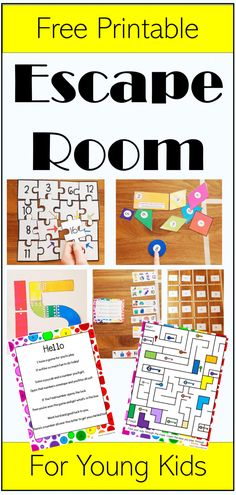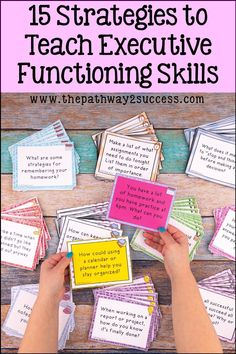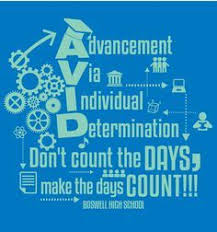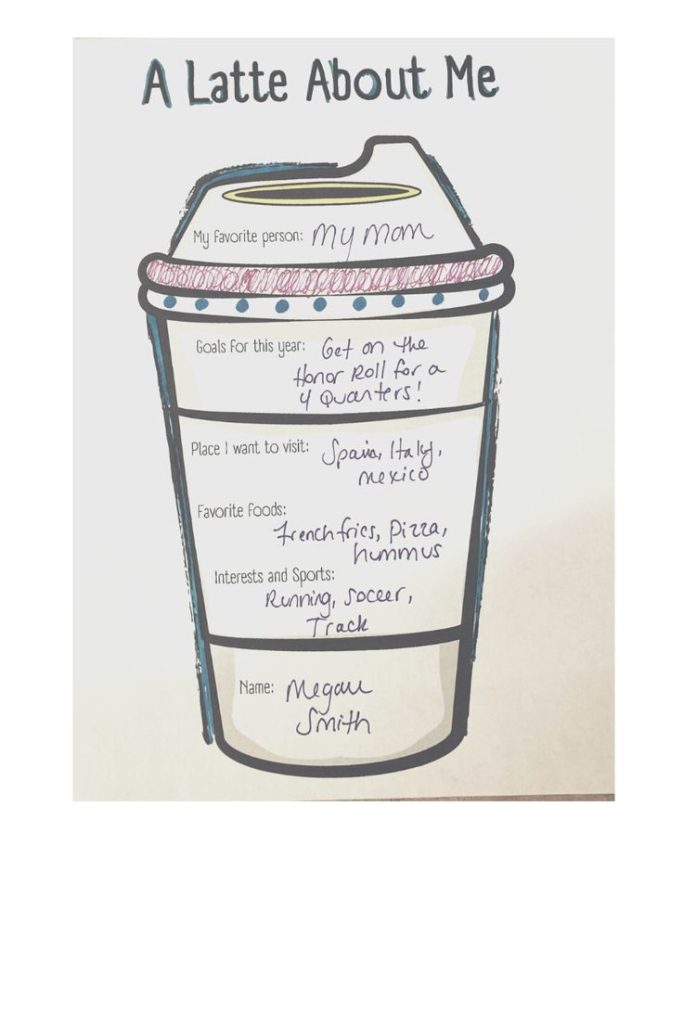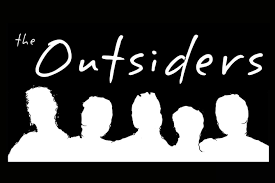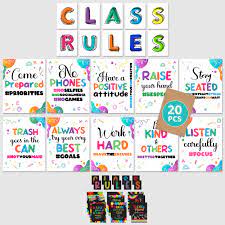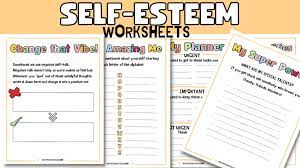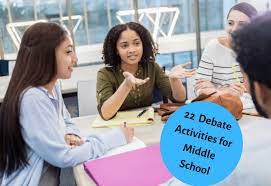Introduction:
Survival scenario and escape games are not only entertaining, but they also help middle schoolers develop essential life skills. These interactive games build problem-solving, critical thinking, and teamwork abilities, preparing kids for real-life situations. Here are 23 exciting survival scenario and escape games designed specifically for middle schoolers.
1.Zombie Apocalypse – Students have to find the cure for a zombie outbreak before their school is overrun with zombies.
2.Stranded on a Desert Island – Middle schoolers need to prioritize their resources and devise an escape plan while stranded on an uninhabited island.
3.Lost in Space – Teams of students must repair their spaceship and make it safely back to Earth.
4.Jungle Survival – Participants navigate through a dense jungle, overcoming various challenges to reach safety.
5.Medieval Quest – Students are trapped in a medieval castle, solving riddles to find their way out.
6.The Submarine Adventure – Pupils must work together to repair a sinking submarine while conserving oxygen levels.
7.The Time Machine – Players travel through time, encountering different historical challenges as they search for the key back to the present.
8.Museum Madness – Students solve clues scattered throughout a museum exhibit to uncover an ancient artifact.
9.Peak Performance – Teams climb a treacherous mountain pass while avoiding avalanches, wild animals, and other obstacles.
10.Pirates’ Plunder – Players take on the role of pirates looking for hidden treasure by deciphering maps and following clues.
11.The Arctic Expedition: Middle schoolers must survive freezing temperatures and icy obstacles in this Arctic-themed escape game.
12.Enchanted Forest: Students strive to break the witch’s curse while navigating through a mystical forest filled with puzzles and riddles.
13.Alchemy Lab: Pupils concoct various potions by solving intricate brainteasers hidden in an alchemist’s laboratory.
14.Behind Enemy Lines: Students secretly enter enemy territory to gather valuable intelligence and safely return to their base.
15.Greek Mythology Escape: Paricipants crack codes and unravel mythical mysteries in a game inspired by Greek mythology.
16.Abandoned Factory: Middle schoolers must escape from an abandoned (and possibly haunted) factory, relying on teamwork and intuitive skill sets.
17.Superhero Showdown: Students take on superhero personas and work together to defeat a supervillain bent on world domination.
18.Race Against Time: A thrilling game where players must defuse a ticking bomb by solving clues and puzzles within a limited time frame.
19.Ancient Egyptian Tomb Escape: Participants explore an ancient tomb, unearthing hidden hieroglyphs and discovering the secret passage to freedom.
20.Mission to Mars: Teams must establish a colony on Mars while overcoming the challenges of life on the Red Planet.
21.Titanic Mystery: Players travel back in time to solve the mysteries of the doomed ocean liner before it sinks to the bottom of the sea.
22.International Spy Academy: Students become rookie spies facing deadly missions, decoding high-tech gadgets, and unmasking moles at an elite spy academy.
23.Alien Invasion Defense – Armed with only their wits, participants must work together to repel an extraterrestrial invasion and save Earth from destruction.
Conclusion:
These 23 survival scenario and escape games are sure to engage middle school students while sharpening their problem-solving and critical thinking skills. Incorporate them into educational settings or play them just for fun – either way, players will experience thrilling challenges that also provide valuable life lessons.
